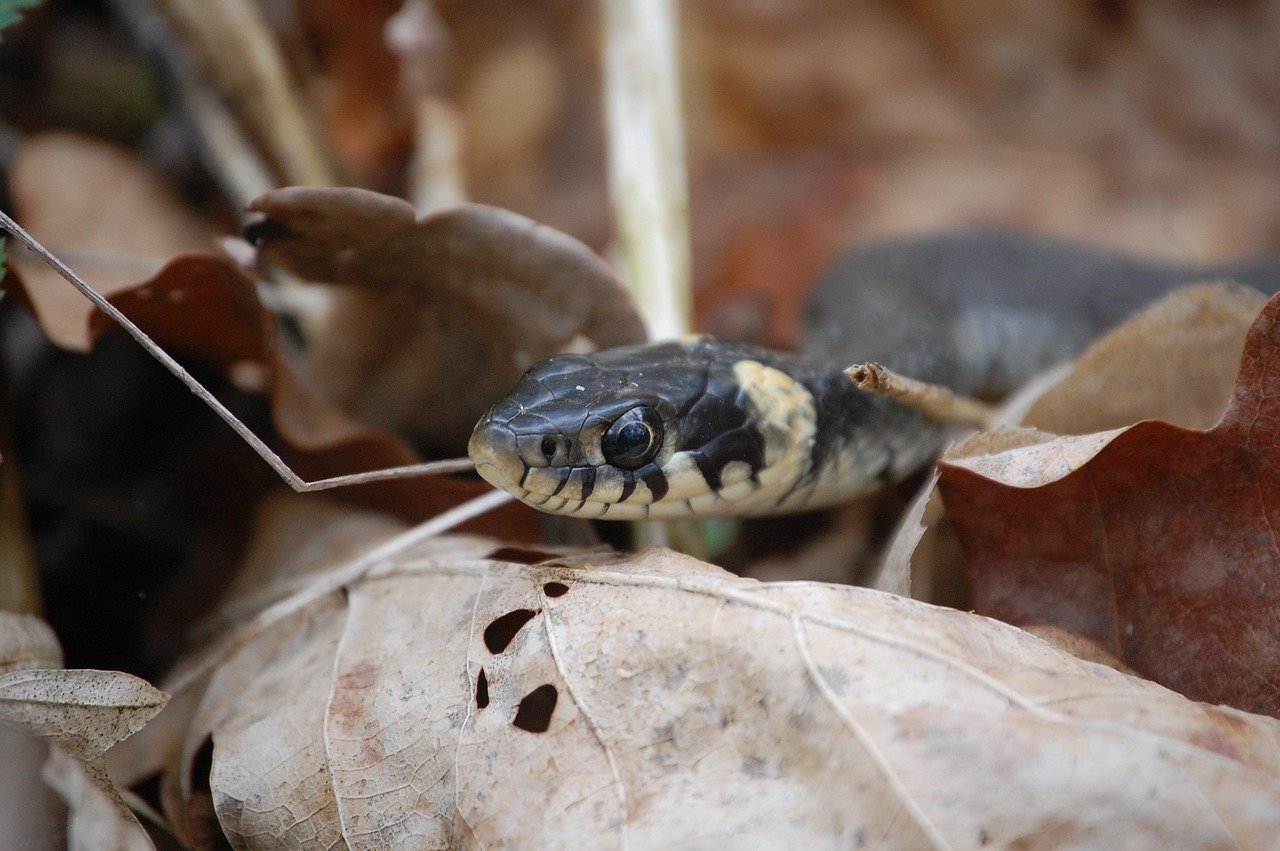For many snake species, winter signals a time of dormancy and hibernation in their natural habitats. Mimicking these seasonal changes in captivity is essential for the health and well-being of pet snakes. In this article, we’ll explore the importance of winter hibernation for snakes, how to recreate natural conditions in captivity, and best practices for ensuring a safe and successful hibernation period for your pet.
1. Understanding Winter Hibernation: A Natural Behavior for Snakes
Seasonal Adaptations:
- Temperature Dependent: In the wild, snakes enter hibernation, also known as brumation, in response to decreasing temperatures and reduced food availability. This period of dormancy allows snakes to conserve energy and survive harsh winter conditions.
- Metabolic Slowdown: During hibernation, a snake’s metabolic rate decreases significantly, resulting in reduced activity, digestion, and energy expenditure. Snakes may seek out underground burrows, rock crevices, or other insulated shelters to hibernate safely until warmer weather returns.
2. Recreating Hibernation Conditions: Tips for Captive Snakes
Temperature and Light Cycles:
- Cooling Period: To initiate hibernation for captive snakes, gradually reduce temperatures in their enclosure over several weeks to simulate the onset of winter. Decrease ambient temperatures to the low end of the snake’s preferred temperature range, typically around 50-60°F (10-15°C).
- Shortened Daylight Hours: Along with cooling temperatures, gradually decrease the duration of daylight hours in the snake’s enclosure by reducing lighting or using a timer to simulate shorter days. This change in light cycles helps trigger the snake’s natural hibernation response.
3. Monitoring and Care During Hibernation: Ensuring Safety and Well-Being
Health Checks:
- Regular Monitoring: Throughout the hibernation period, continue to monitor your snake’s enclosure temperature, humidity levels, and overall condition. Use a reliable thermometer and hygrometer to ensure environmental parameters remain within acceptable ranges.
- Hydration and Weight Management: While snakes may not drink water or eat during hibernation, it’s essential to provide access to fresh water and monitor their hydration levels. Weigh your snake periodically to track any significant weight loss, which could indicate dehydration or other health issues.
4. Transitioning Out of Hibernation: Gradual Warming and Reintroduction to Normal Conditions
Slow Warming Process:
- Gradual Temperature Increase: As winter comes to an end and temperatures begin to rise, gradually increase temperatures in the snake’s enclosure over several weeks to simulate the transition to spring. Provide a warm basking spot and gradually extend daylight hours to mimic natural seasonal changes.
- Offer Food and Water: Once your snake has fully emerged from hibernation and resumed normal activity, offer small, easily digestible meals to prevent overfeeding or regurgitation. Ensure access to fresh water and monitor your snake’s appetite and behavior closely during this transition period.
5. Species-Specific Considerations: Tailoring Care to Individual Needs
Research and Consultation:
- Species Variability: Keep in mind that different snake species may have varying hibernation requirements based on their natural habitat and geographical range. Research the specific hibernation needs of your snake species and consult with experienced reptile keepers or a veterinarian familiar with reptile care for guidance.
- Health Considerations: Some snakes, such as tropical or desert species, may not require hibernation or may have different temperature and light requirements. Consider the unique needs and health status of your snake when planning hibernation care.
Conclusion: Nurturing Natural Behaviors for Healthy, Happy Snakes
By understanding and respecting the natural hibernation instincts of pet snakes, reptile enthusiasts can provide a nurturing environment that supports their physical and behavioral needs. Mimicking natural conditions for winter hibernation allows snakes to experience seasonal rhythms and maintain their overall health and well-being. With careful planning, monitoring, and attention to species-specific requirements, snake owners can ensure a safe and successful hibernation period for their beloved serpentine companions.
